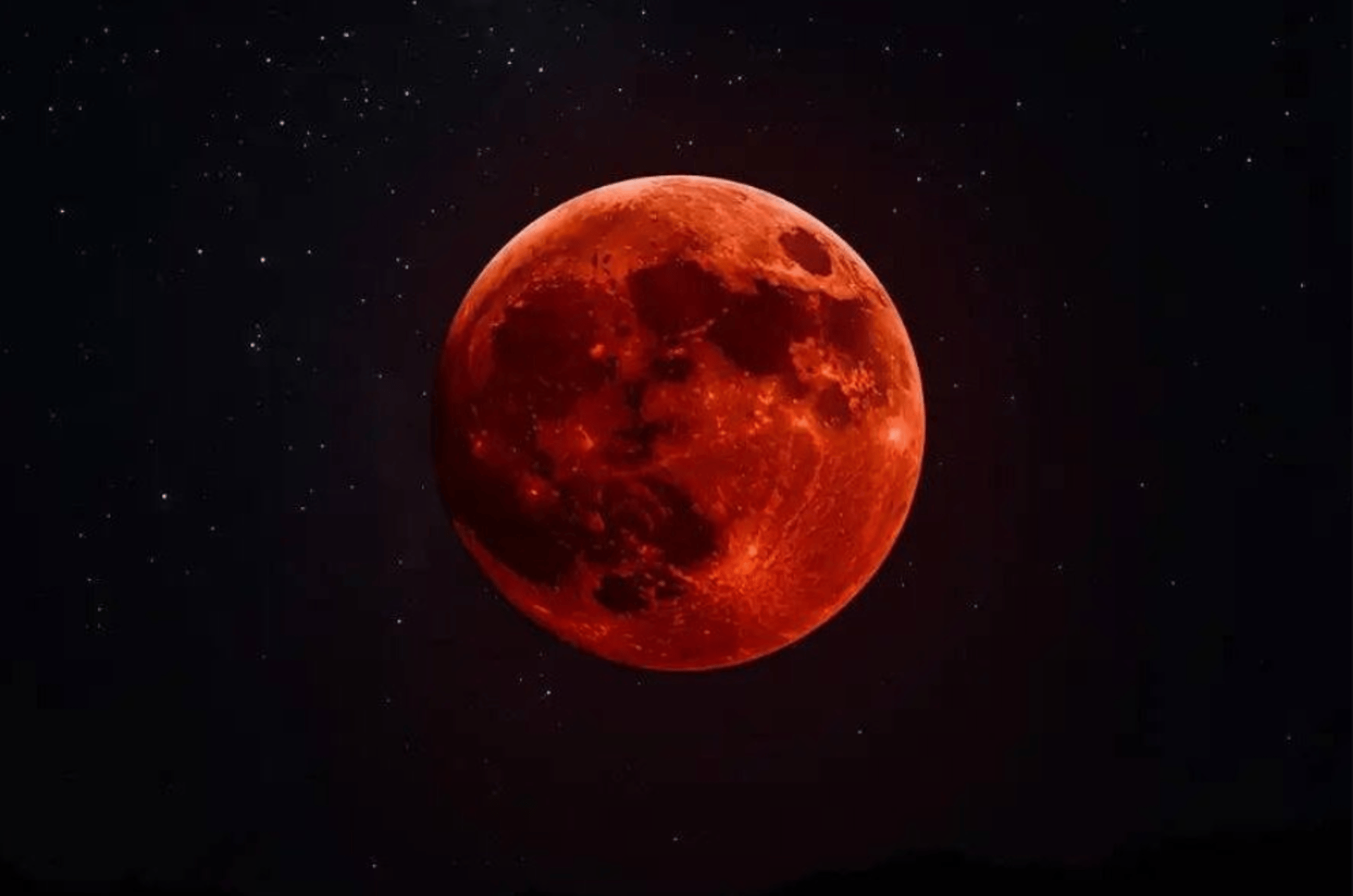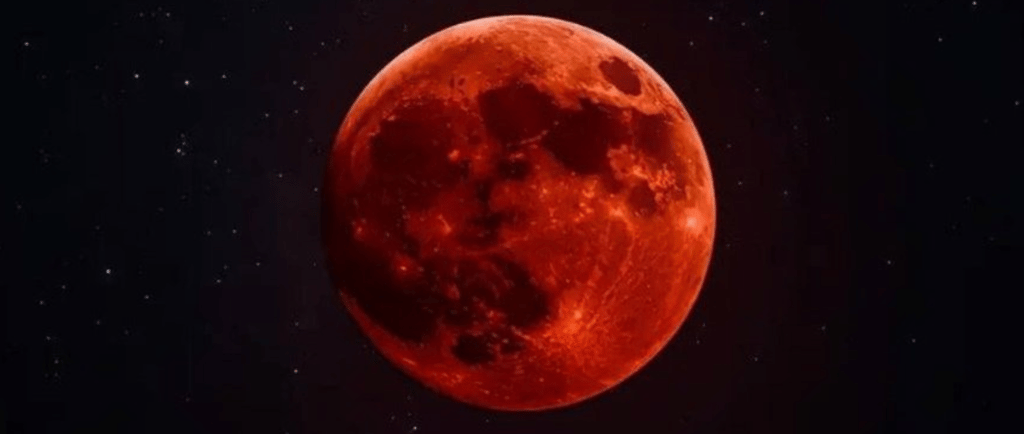
Chandra Grahan 2025 in India: Timings, Cultural Significance, Viewing Tips
Blood Moon 2025 India”, “Chandra Grahan timings. 1. Introduction Hook: “Get ready for one of nature’s most stunning celestial shows—the Blood Moon—or Total Lunar Eclipse of September 7–8, 2025.” Briefly introduce the phenomenon: why the Moon turns red (“Blood Moon”). 2. Astronomical Details Date & Visibility: Occurs on September 7–8, 2025; fully visible across India. Wikipedia Astronomical Society of India The Economic Times The Economic Times Detailed Timeline (IST): Penumbral eclipse starts: ~8:58 PM IST Partial eclipse begins: ~9:58–9:57 PM IST Totality begins: ~11:00–11:00 PM IST Maximum eclipse: ~11:41–11:48 PM IST Totality ends: ~12:22 AM IST Partial eclipse ends: ~1:56 AM; Penumbral ends: ~2:25 AM IST Time and Date SPACE India Indiatimes Hindustan Times The Economic Times Samayam Telugu The Times of India Duration: Totality lasts approximately 82 minutes. Wikipedia Indiatimes Samayam Telugu Astronomical Significance: Occurs about 2.6 days before perigee, making the Moon appear slightly larger. Wikipedia The Indian Express 3. Why the Red Hue? Due to sunlight filtering through Earth’s atmosphere (Rayleigh scattering), red wavelengths bend into the umbra and illuminate the Moon. Indiatimes The Times of India The Economic Times 4. Cultural & Religious Context in India Known as Chandra Grahan, lunar eclipses are traditionally considered inauspicious. The Sutak period starts around 12:57 PM IST on September 7. The Economic Times The Times of India The Economic Times Occurs during Pitru Paksha, adding spiritual significance. The Economic Times Observance in temples: Char Dham shrines and other major temples in Uttarakhand were closed during the Sutak period and reopened post-purification. The Times of India 5. How & Where to Watch General Viewing: Visible across India with no special equipment needed; binoculars or telescopes enhance the view. Indiatimes Time and Date +1 The Economic Times The Indian Express Photography Tips: Use a tripod, telephoto zoom, manual exposure, and bracket settings to capture shades of red. Best Local Spots: Recommend dark-sky areas, open parks or rooftops where light pollution is minimal.
LATEST NEWS
TaxSahi
9/8/20251 min read


My post content